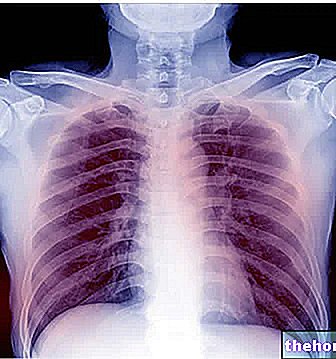
After all, the combustion of tobacco present in cigarettes, pipes, cigars, etc. releases more than 250 toxic substances and at least 69 carcinogenic for humans and animals.
The damages caused by smoking, including passive smoking, are numerous and mainly concern: the cardio-circulatory system, the respiratory system, the digestive system (esophagus and stomach in particular), the oral cavity, the brain, the scalp, the skin, the bones and the genital system.
Furthermore, it should not be forgotten that smoking is harmful to pregnant women, weighs heavily on the smoker's economic resources and can be a reason for bitter quarrels between family and friends.
According to the statistics, in Italy:
- Smokers are more than 11.6 million, or 22% of the population; of these 11.6 million smokers, 11.1% belong to the youth population aged between 14 and 17 years.
- The annual deaths from the damage of smoking are between 70,000 and 83,000; of these deaths, 25% are individuals between the ages of 35 and 65.
The radioactivity inherent in the smoke of cigarettes, cigars, etc., however, is new only to consumers and ordinary people; a recent investigation reported by the "Independent and published in the "American Journal of Public Health, in fact, he denounced that the tobacco industries are aware of the presence of polonium-210 in cigarettes, cigars, etc. for at least 40 years and that there has been a "cover-up" of the radioactivity issue by these same industries, for fear of increasing smokers' awareness of the harm of smoking and thus losing customers.
Therefore, tobacco smoke has always been radioactive.
.
AIR
In the environment, therefore also in the air, it is normal for very small doses of radioactive elements to be present: this is the so-called natural radioactivity.
Among the radioactive elements present in the environment and in the air circulating in it, there is also polonium.
The acquisition of polonium - which will later become polonium-210 - by tobacco is a consequence of the fact that the leaves of this plant have sticky hairs capable of trapping the radioactive elements circulating in the air.
The polonium present in the environment is one of the numerous products deriving from the decay of uranium.
FERTILIZERS
The fertilizers sometimes used for the cultivation of the tobacco plant are based on a mineral known as apatite; apatite contains a radioactive element called radium, which can decay and become polonium-210.
Tobacco acquires the polonium-210 derived from fertilizers through the roots: after the use of fertilizers, in fact, the radioactive element in question contaminates the cultivation soil.
, which can have mutagenic effects on DNA (ie they can damage it, causing mutations).Fortunately, however, alpha radiation is not penetrating.
For humans, the non-penetrance of alpha radiation means that, except in the case of ingestion or inhalation, they do not represent a particular threat: the human skin, in fact, absorbs the radiation in question, without any repercussions.
In summary, therefore, polonium-210 emits alpha radiation, which can alter DNA; however, if the exposure to alpha radiation is not by ingestion or inhalation, the danger to human health is practically nil.























-nelle-carni-di-maiale.jpg)




